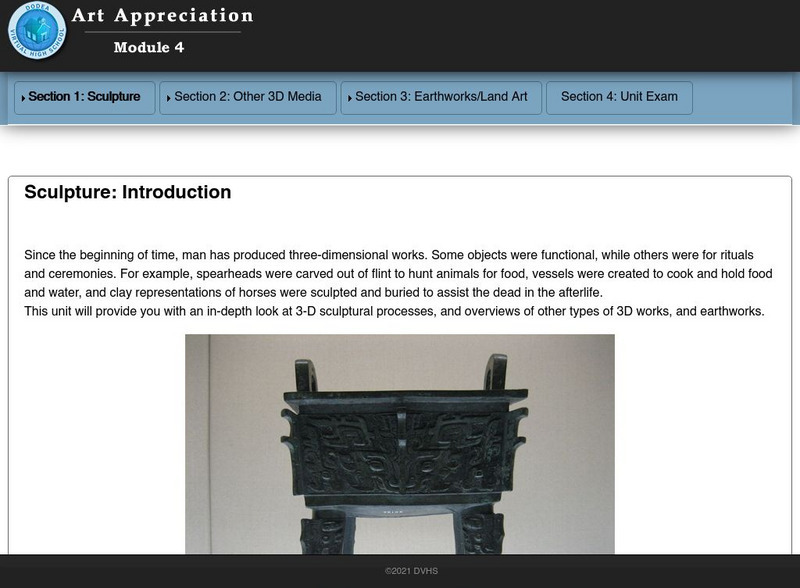iCivics
I Civics: Who Rules?
Learn about the different forms of government that exist, including democracy, autocracy, oligarchy, and others. Compare and contrast these forms, and look at real-life examples in the world today.
Alabama Learning Exchange
Alex: World Traveler
Seventh grade social studies students will create a passport and detailed daily travel journal. The project will incorporate a minimum of two types of technology as they create a narrative vividly describing a city/country. Specific...
Other
Percentage of the World's Population Under Various Political Systems
Time-line graphs and maps give visual representations of countries and populations under various kinds of political systems: autocracy, monarchy, communist state, etc.
Texas Education Agency
Texas Gateway: Distinguishing Between Inductive and Deductive Reasoning
This lesson focuses on distinguishing between inductive and deductive reasoning. Sometimes it's difficult to separate these two types of reasoning because we often use them together; drawing conclusions in inductive reasoning is likely...
University of Wisconsin
Univ. Of Wisconsin: Co Ops and You
From the University of Wisconsin's Center for Cooperatives (UWCC), this Web site for high school students and young adults offers learning modules on a number of cooperative issues as well as resources on scholarships for young...
Constitutional Rights Foundation
Constitutional Rights Foundation: Karl Marx: A Failed Vision of History
Activity-based resource in which students research, write about, and participate in a panel discussion on Marxism, comparing his vision and historical reality to that of other critical thinkers in world history.
Wikimedia
Wikipedia: Constitutional Monarchy
A definition of what a constitutional monarchy is. Gives some historical background to the development of a constitutional monarchy and current examples from around the world.
Wikimedia
Wikipedia: Liberal Democracy
This site defines liberal democracy and gives a detailed examination of the pros and cons of its tenants and practices.
Council for Economic Education
Econ Ed Link: A Moo Ving Experience
Students gain an understanding about non-profit organizations and the role they play in our economy. Students then learn about a relatively new type of fundraising effort, known as CowParade, for non- profit organizations that has been...
PBS
Pbs Teachers: Democracy in the Middle East (Lesson Plan)
A instructional activity for exploring where democracy exists in the Middle East and for evaluating the types of political rights that citizens experience in individual Middle Eastern countries. Students will also examine the prospects...
Department of Defense
Do Dea: Art Appreciation: Unit 5: 3 D Art
This fifth unit of a course on Art Appreciation looks at different forms of three-dimensional art. Students learn about sculpture and its history, government-funded art works, and controversy in art. They look at other types of 3-D...
Other
Map: Imperialism and the Balance of Power
World maps of the Colonial Empires of 1914 as well as their revenues during that time period. There are also maps depicting urban growth, type of government, wars and atrocities, and living conditions of the world in 1900.
Curated OER
Map: Imperialism and the Balance of Power
World maps of the Colonial Empires of 1914 as well as their revenues during that time period. There are also maps depicting urban growth, type of government, wars and atrocities, and living conditions of the world in 1900.
Curated OER
Map: Imperialism and the Balance of Power
World maps of the Colonial Empires of 1914 as well as their revenues during that time period. There are also maps depicting urban growth, type of government, wars and atrocities, and living conditions of the world in 1900.










